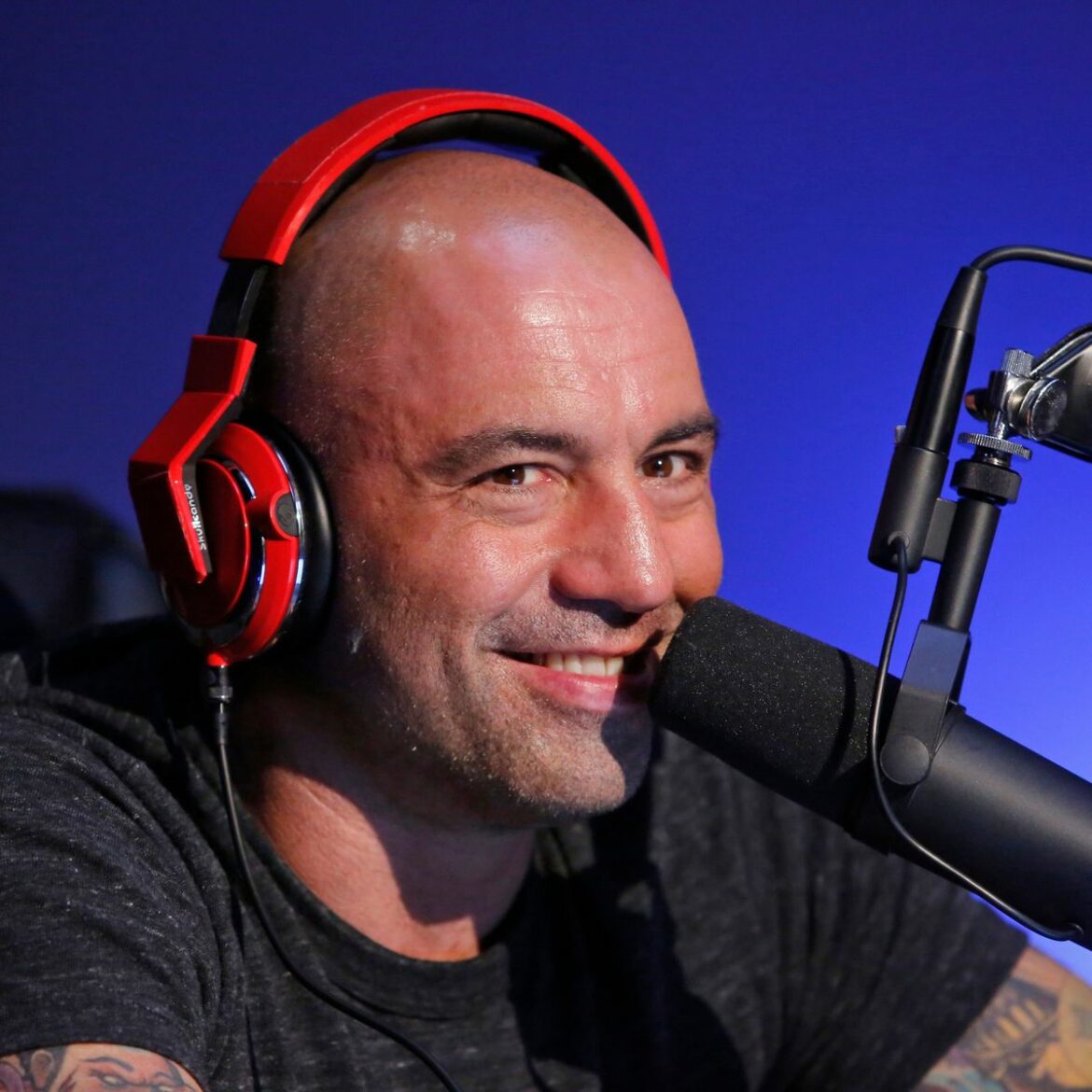Everyone who is somehow involved in social media networking has certainly heard about the term influencer. As the word might suggest, an influencer is someone who has enough power in a relevant niche to persuade his/her audience to make a decision usually through regular dedicated posting on their preferred social media channels (e.g. buying a unique clothing brand or voting for a specific political party) (1). Their clout is pivotal not only in marketing, where these people collaborate with brands to work on brand recognition or to market brands’ products and services but also in other dimensions such as political and/or civic engagement.
Even though most content produced in the scope of these last two dimensions has an overall positive impact on society, the fact that it comes from an individual viewpoint makes it significantly susceptible to bias. Let’s look at two examples. Joe Rogan, an American “comedian” and UFC expert commentator, created a podcast in 2009 called The Joe Rogan Experience which became one of the world’s most popular ones by 2015, regularly pulling in around 200 million monthly listeners. During 2020, the podcast served as a platform for sharing false information regarding the COVID-19 pandemic, defying the scientific consensus reached by dedicated entities and promoting dreadful habits that compromise public health in a multitude of communities around the world (2). Similarly, Brittany Pettibone, an American influencer, played a key role in bringing to prominence the pizzagate conspiracy theory, where false allegations about the involvement of high-ranking US Democratic Party officials in human trafficking and child sex led to a major political turmoil. This event resulted in Pettibone’s acquiring a distinguished status among far-right activists around the world (3).
The situation is no different in the Middle East. Having one of the youngest populations in the world, the Middle East has been witnessing a clear increase in the influence of social media in the lives of young Middle Easterners mostly due to their understanding that social media engagement is an opportunity to foster social acceptance and gain popularity (4). This tendency was obviously accompanied by the emergence of the region’s own social media influencers.
Now, young Middle Easterners still face a myriad of challenges such as the rising cost of living, the reduced access to job opportunities, and a poor educational system that doesn’t equip them with the necessary skills and resources to face the national and international labour market and they usually resort to social media channels to express their feelings towards these inequalities or even to find guidance amongst those who are highly considered by youth in general (5). In that sense, the previously mentioned influencer dimension might have tremendous potential as a tool to unleash youth potential but, at the same time, it might also act as a misleading source of fake news that biases young people’s understanding of things. Even though it is generally used as a business tool to evaluate a company’s competitive position and to develop strategic planning, the SWOT analysis can be easily put into practice as a proxy in this particular topic to identify the Strengths, Weaknesses, Opportunities and Threats of the influencer dimension on young Middle Easterners (6). Let’s have a look at it:
Strengths
For young Middle Easterners, influencers are usually put on a pedestal meaning that they easily trust them as credible sources of information. Besides, influencers tend to have a huge reach due to their involvement in platforms that are widely recognized by young people as useful and informative. These two components are crucial if we aim towards promoting a significant positive societal impact.
Weaknesses
Even though the previously discussed strengths can have a huge positive impact on society, they can also become barriers to progress. Not having a peer-review and/or fact-check methodology on the advertised content, the influencer’s trust, credibility and reach can be used to promote false information around the masses. Besides that, it is also important to consider the ethnic and religious bias amongst influencers. Unfortunately, there is a clear difference in how young people perceive and apprehend information coming from, e.g., Arab vs. Black vs. White or Catholic vs. Muslim influencers based solely on their ethnicity and religion, respectively. This partiality is usually rooted in one’s origins and/or social norms and is often translated into a blind uptake of information from those influencers who are closely related to the person regarding the above mentioned socio-cultural systems.
Opportunities
As mentioned before, the Middle East has one of the youngest populations in the world but still faces a lot of challenges regarding the providence of opportunities to these people. If influencers use their clout to empower and educate young Middle Easterners towards professional issues and sensitive topics that directly affect their countries such as water scarcity, solid waste management, or civic and political engagement, a deep change in society can be accomplished to achieve an ideal state of sustainability and prosperity.
Threats
As specified briefly in the weaknesses, the promotion of false information by acclaimed influencers might influence young Middle Easterners to adopt dreadful habits that negatively impact society as a whole. Pandemic deniers and anti-environmentalists, for example, might lead several young people to disregard these enormously important causes and, therefore, prompt major public health and environmental issues, respectively.
This article aimed to address the influencer dimension in social media channels and how it impacted young Middle Easterners. Through SWOT analysis, we have identified the key strengths, weaknesses, opportunities and threats of the young person-influencer axis and how these affect society in general. The ultimate conclusion that can be taken from this framework is that it is important to keep a balanced perspective on the potentialities of these individuals since they can be both used for promoting positive and negative changes in society.
Rafael Luis Pereira Santos
References
(1) Geyser W. (2021), “What is an Influencer? Social Media Influencers Defined”, Influencer Marketing Hub.
(2) Oberkrom J. (2021), “We need to stop giving irresponsible influencers a heightened platform”, North Texas Daily.
(3) Maly I. (2020), “Metapolitical New Right Influencers: The Case of Brittany Pettibone”, MDPI Social Sciences.
(4) Lundt J. (2018), “Top 25 Social Media Influencers in the Middle East”, Istizada.
(5) USAID.GOV (2020), “Strengthening youth engagement – Jordan”.
(6) Kenton W. (2021), “Strength, Weakness, Opportunity, and Threat (SWOT) Analysis”, Investopedia.



